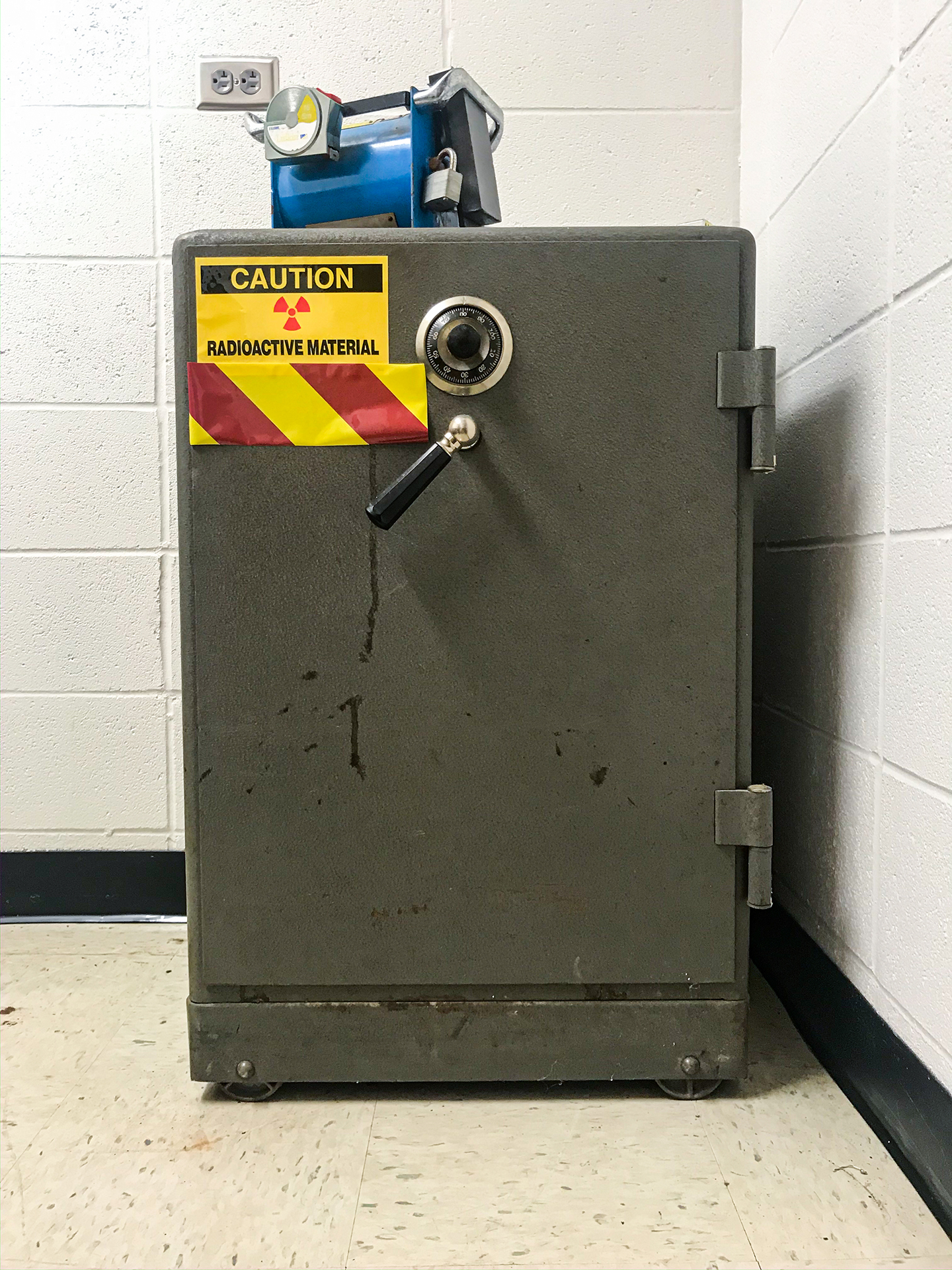
USD takes part in radioactive material experiments
USD’s Physics Department is taking part in radioactive material experiments with the goal to research and develop the next generation of germanium (Ge) detectors.
Ge detectors are particle detectors that attempt to use excellent energy resolution and extremely low-energy thresholds for dark matter searches and detection of new properties of neutrinos.
Dongming Mei, the principal investigator of the experiments and USD’s Physics Department director, said the experiments are being done through a global partnership with Partners for International Research and Education for Germanium Materials And Detectors Advancement Research Consortium (PIRE-GEMADARC).
“This consortium leverages the research expertise, training capabilities, and world-renowned facilities of 15 institutions in the United States, Canada, China, Germany, India and Taiwan,” Mei said. “The partnership is created to accelerate the Ge material platform used in research and development for ton-scale dark matter, neutrinoless double-beta decay and other low-energy neutrino research, education and training.”
Mei said the PIRE-GEMADARC partnership and experiments advances the next generation of physics research in two specific ways.
First, the partnership and experiments will advance the research and development of Ge materials, detectors and related technologies.
Secondly, the partnership and experiments will help train undergraduate, graduate and postdoctoral students on how to complete scientific research.
“Specifically, PIRE-GEMADARC advances next-generation frontier physics research by … training and preparing students, particularly Native American, women and other underrepresented groups in the field, for academic, industrial, government and non-profit careers,” Mei said.
All students who participate in the radioactive experiments at USD are trained to handle radioactive materials.
In addition, all researchers must complete a course to get a certificate to participate in radioactive experiments. This certificate must get renewed by the participants of the experiment every two years.
The experiments are conducted in the basement floor of the Akley-Lawrence Science Center at USD as well as in the Sanford Underground Research Facility (SURF) in Lead, SD. The experiments at the SURF are held in SURF’s underground laboratory, which is the largest underground laboratory in the United States.
Currently, there are 28 active experiments being worked on at the facility — 24 of which have professors, graduate students and undergraduate students from South Dakota universities on staff. One of these experiments includes the radioactive experiments being done by USD.
Jing Liu, an associate physics professor at USD, said the findings of these experiments can help advance an array of different scientific fields such as medicine, astronomy, and energy.
“Anything we find (in the radioactive experiments) has the potential to lead to the advancement of science,” Liu said. “There’s biology, energy production, different light (waves) and a lot more we can learn about (from radioactive experiments).”


